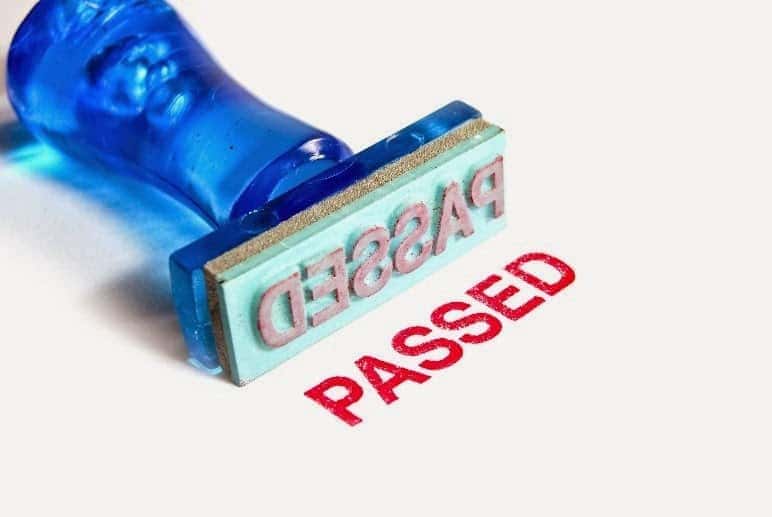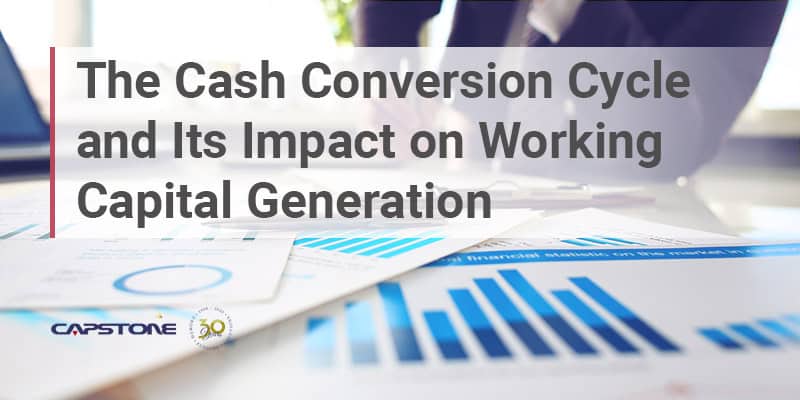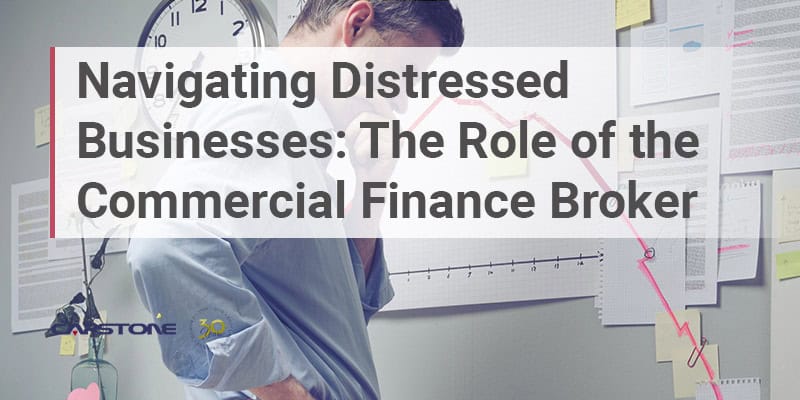Under the 2010 Dodd-Frank financial law, the nation too-big-to-fail banks are required to run themselves through stress tests designed to ensure that they can weather another financial crisis. They do this by determining if they have sufficient liquid capital to handle some hypothetical worst-case scenarios. The stress tests are the Fed way of mitigating against another dismal performance by the banking sector in response to a financial calamity.
Citibank, Goldman Sachs Group Inc., J.P. Morgan Chase & Co. and others have been war gaming in preparation for the official Federal Reserve stress-tests. This round of tests is particularly important for Citigroup, which has had two requests for approval to return capital to shareholders rejected by the Fed. While Citigroup met the Fed capital requirements this year, the central bank expressed concern about the company competence in measuring the risks facing its global operations.
The Fed uses the so-called Tier 1 common capital ratio as its measure of a bank’s ability to buffer itself against another severe economic downturn. Federal regulations require that banks maintain a minimum of 5% common capital. Citibank chose a hypothetical sharp decline in emerging-market currencies as its doomsday scenario. Defaults by its sister banks in the Far East, and weaker housing markets throughout the region, it assumed, would subsequently occur. It predicted that its ratio would fall to 8.4% under that scenario. The bank projected ratio was 9.1% under the stress-test it conducted last year.
J.P. Morgan Chase and Morgan Stanley passed their own midterms with solid results. J. P. Morgan Chase predicted its capital levels under a hypothetical economic downturn would be 8.4%, down from 8.5% a year ago. Morgan Stanley projected its ratio would fall to 8.9%, down from a 9.5%. Bank of America Corp. said it would have the same capital level – 8.4%- that it had last year under a stressed scenario, but said it took on tougher hypotheticals on some fronts.
Goldman Sachs and Wells Fargo & Co predicted they would be in a better position to navigate strong financial headwinds than they were. Goldman pegged its estimated ratio at 10.1%, up from 8.9%, and Wells Fargo predicted its ratio would be up from 9.6%to 9.9%. The Federal Reserve annual stress-testing process typically concludes sometime in spring.




